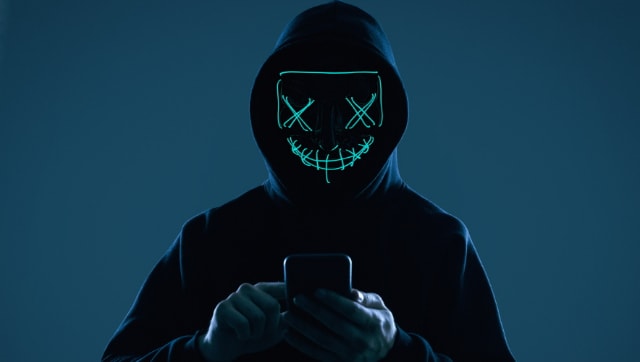FP TrendingOct 10, 2022 18:58:32 IST
Cybersecurity requires constant watchfulness since hackers are always adding new viruses and even reviving old types of malicious software. Image steganography is one classic threat that has resurfaced in a more advanced form. The practice of disguising code within an innocent-looking image is known as image steganography.

As it is simple to persuade people to open photos without raising suspicion, cybersecurity experts may ignore this tried-and-tested technique, which is why cybercriminals have mastered it. To disseminate their infection to as many users as possible, hackers may use legitimate services, such as free picture hosting services.
Anti-malware technologies find the picture steganography method difficult to detect since it makes such minute changes to an image. Hackers prefer to conceal malware in photographs because steganography in cyber attacks is easy to implement and immensely tough to detect. The majority of contemporary anti-malware programmes offer scant steganographic protection.
Malware can be easily hidden in photos by hackers. For instance, a common JPEG picture has many megabytes of pixel data, which enables an attacker to change the number of pixels and insert malicious code. Human eyesight cannot distinguish between the colour value differences between changed and unchanged pixels due to their subtlety.
How to detect:
The below-mentioned indicators can help you find image steganography:
- Minor colour variations between the two photos.
- A picture’s high percentage of duplicate colours could be a sign.
- If the suspicious image is bigger than the actual image, there can be hidden information behind the size difference.
How to get protected from image steganography:
The best defence against image steganography is to adopt the necessary security safeguards because it is very difficult to detect. To get better security, you can follow these methods:
- Pay special attention to each image; using image editing tools, you can search for steganography clues in the small colour variations in the photographs.
- Division of the network
- Set up anti-malware to look for binders (an application used to combine two files into one)
- Install software with reliable signatures
- Observe the outbound traffic
- Implement steganography application usage controls.
In order to conceal their own payload or to exfiltrate user data, malware developers can use other files to mask a file, image, message, or even a video. Experts anticipate the recent trend of exploiting steganography in malware to continue given the prevalence of picture-based marketing and the popularity of image sharing on social networking platforms.
; if(!f._fbq)f._fbq=n;n.push=n;n.loaded=!0;n.version='2.0'; n.queue=[];t=b.createElement(e);t.async=!0; t.src=v;s=b.getElementsByTagName(e)[0]; s.parentNode.insertBefore(t,s)}(window,document,'script', 'https://connect.facebook.net/en_US/fbevents.js'); fbq('init', '259288058299626'); fbq('track', 'PageView');
Stay connected with us on social media platform for instant update click here to join our Twitter, & Facebook
We are now on Telegram. Click here to join our channel (@TechiUpdate) and stay updated with the latest Technology headlines.
For all the latest Technology News Click Here
For the latest news and updates, follow us on Google News.
